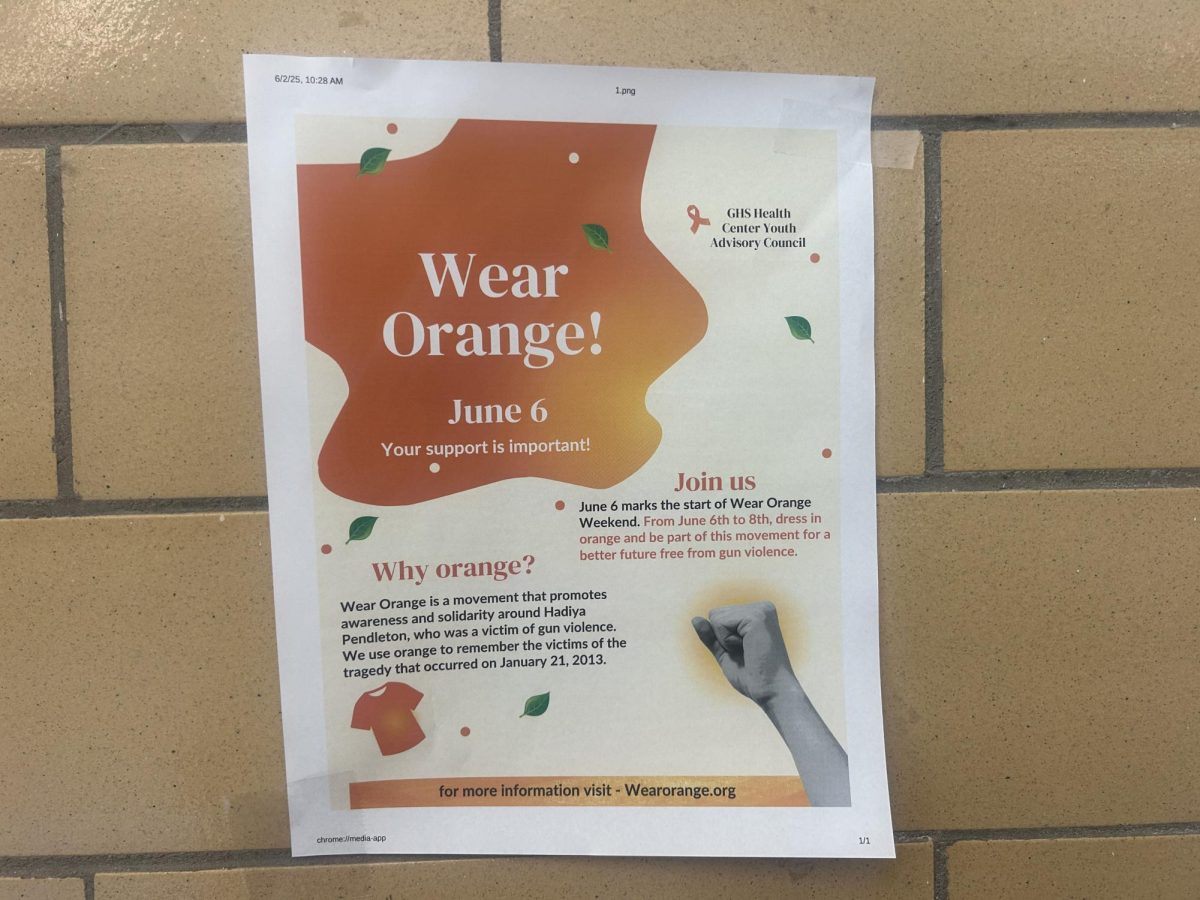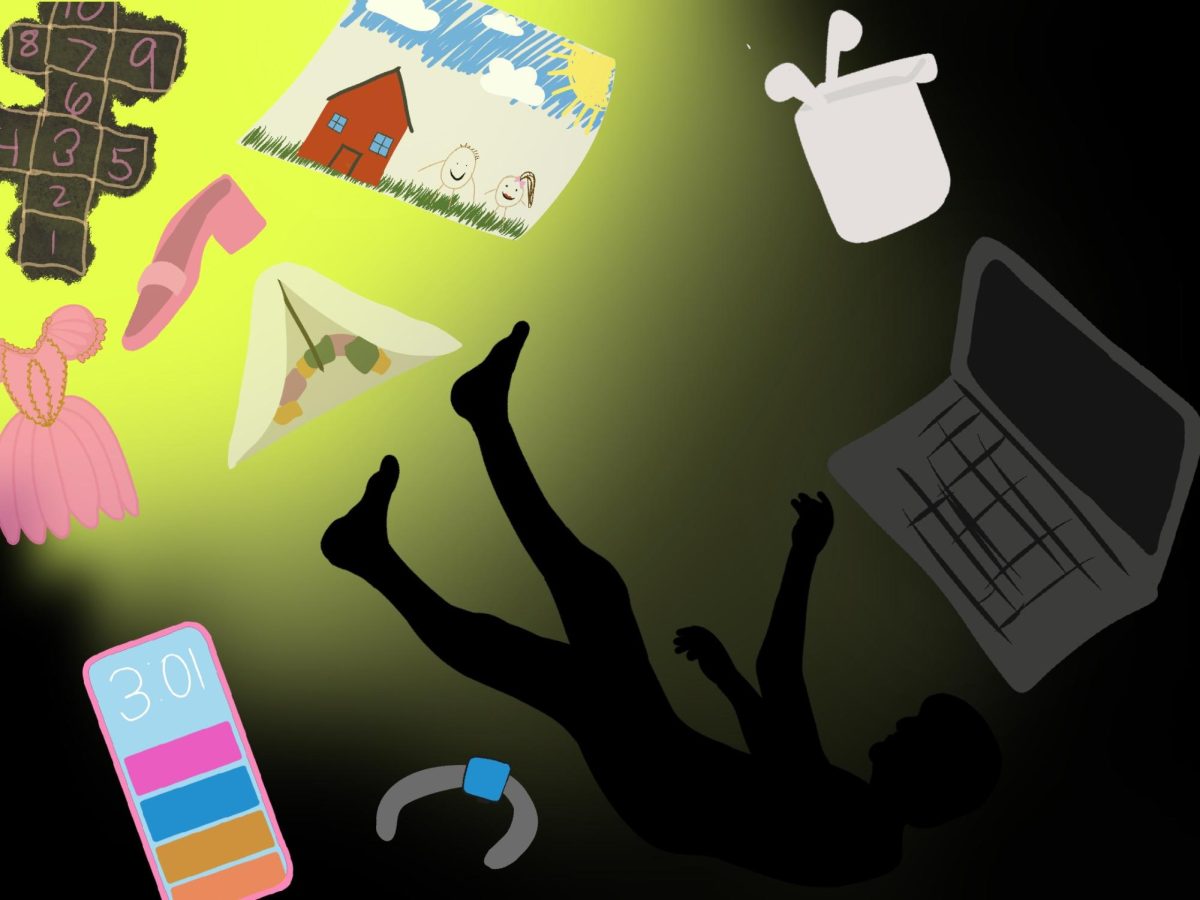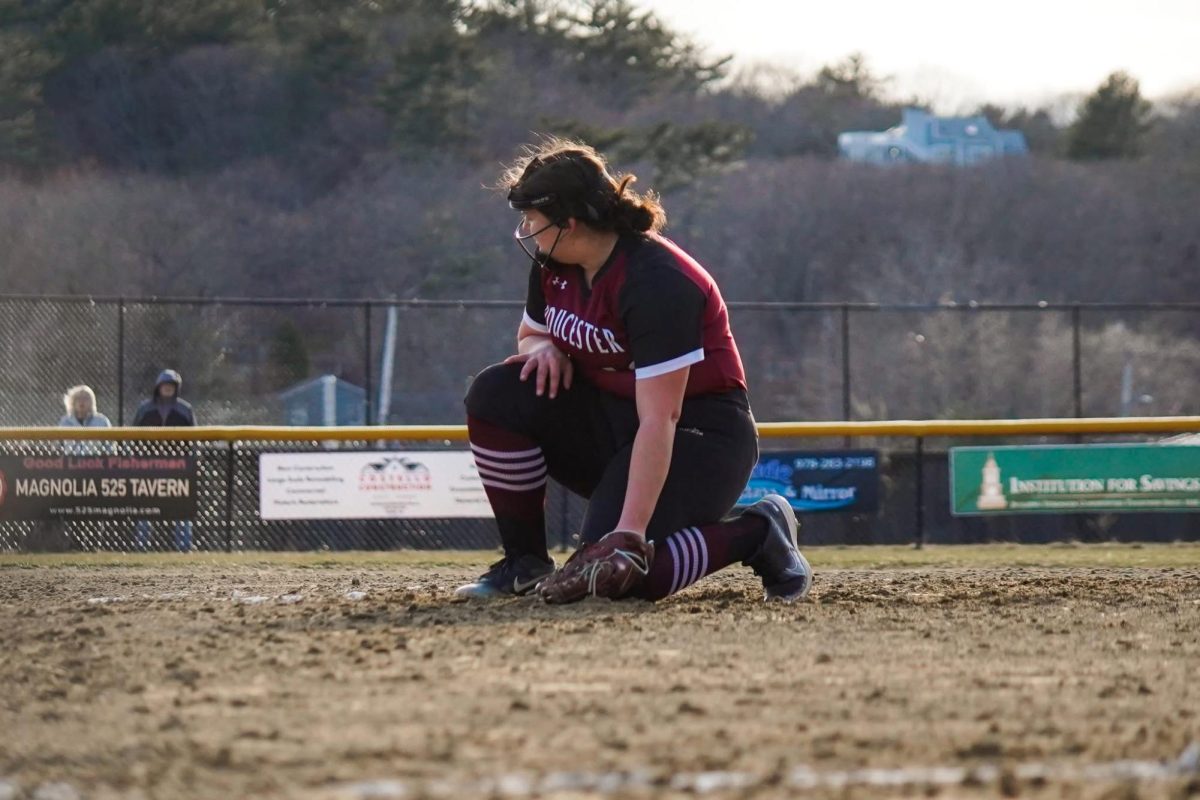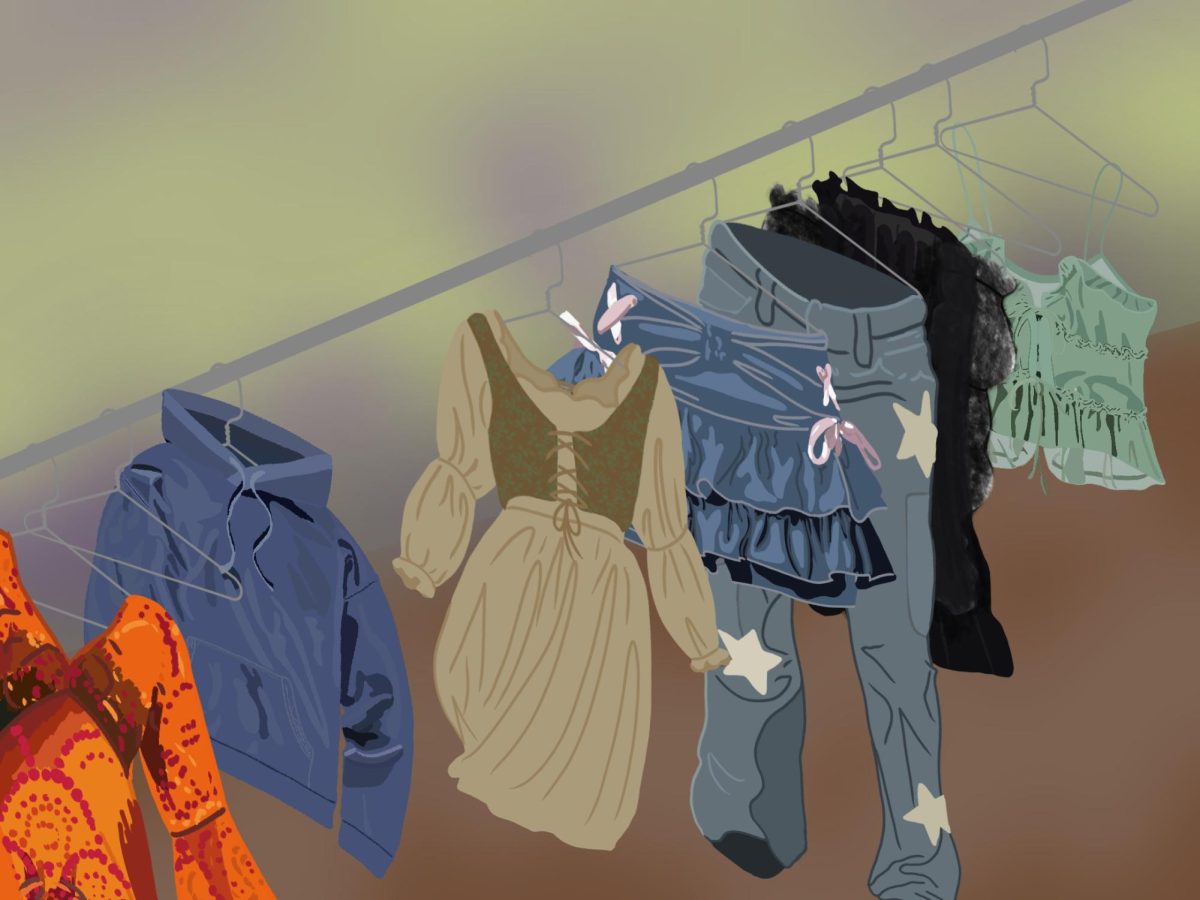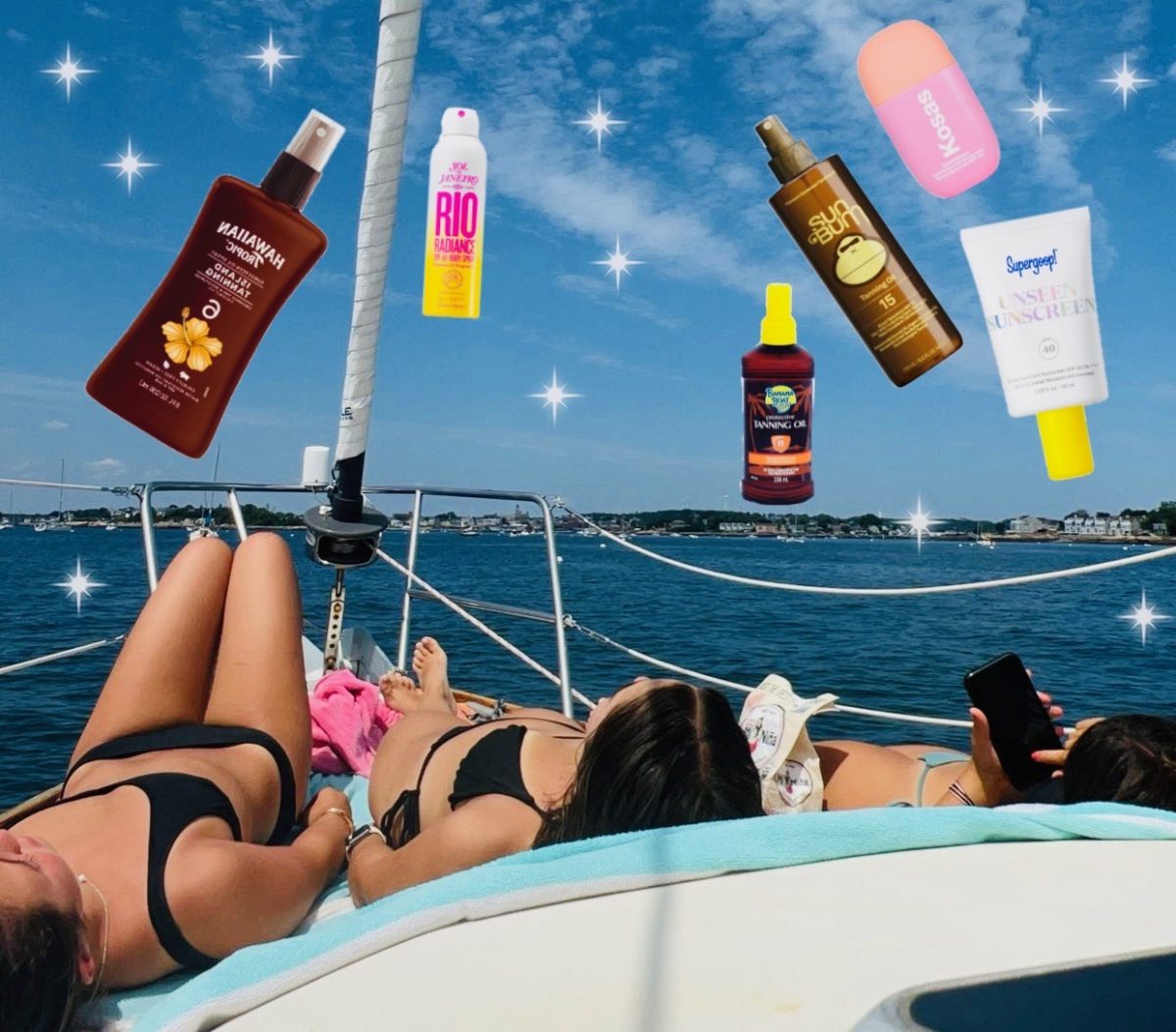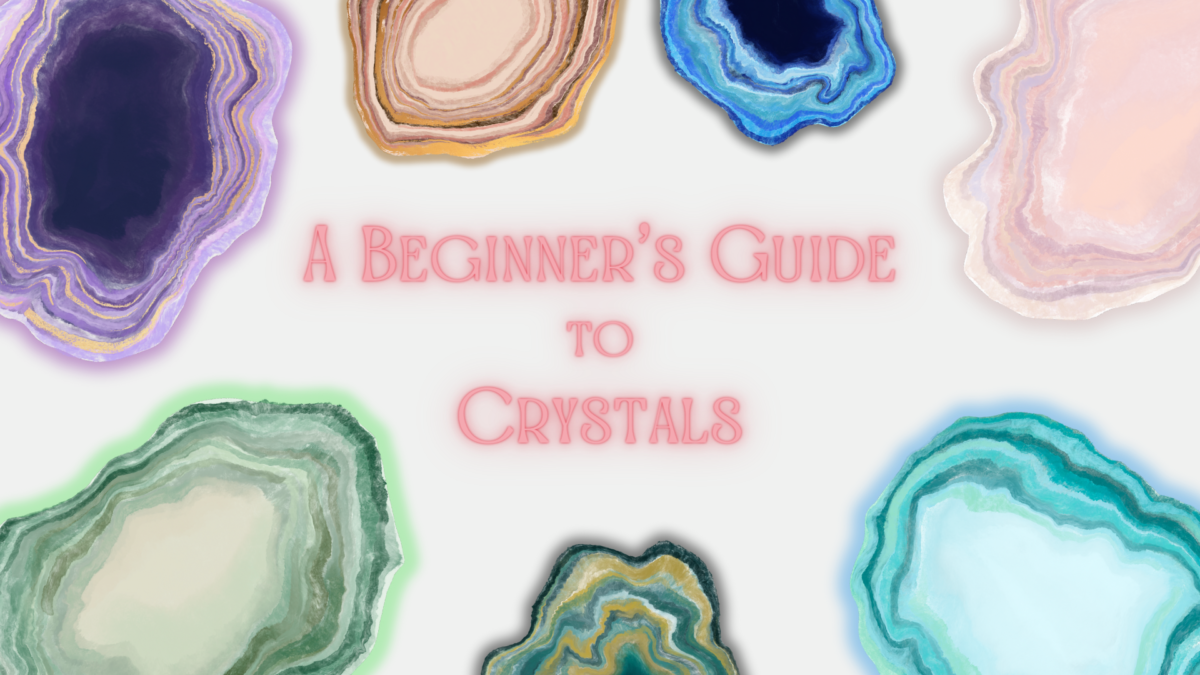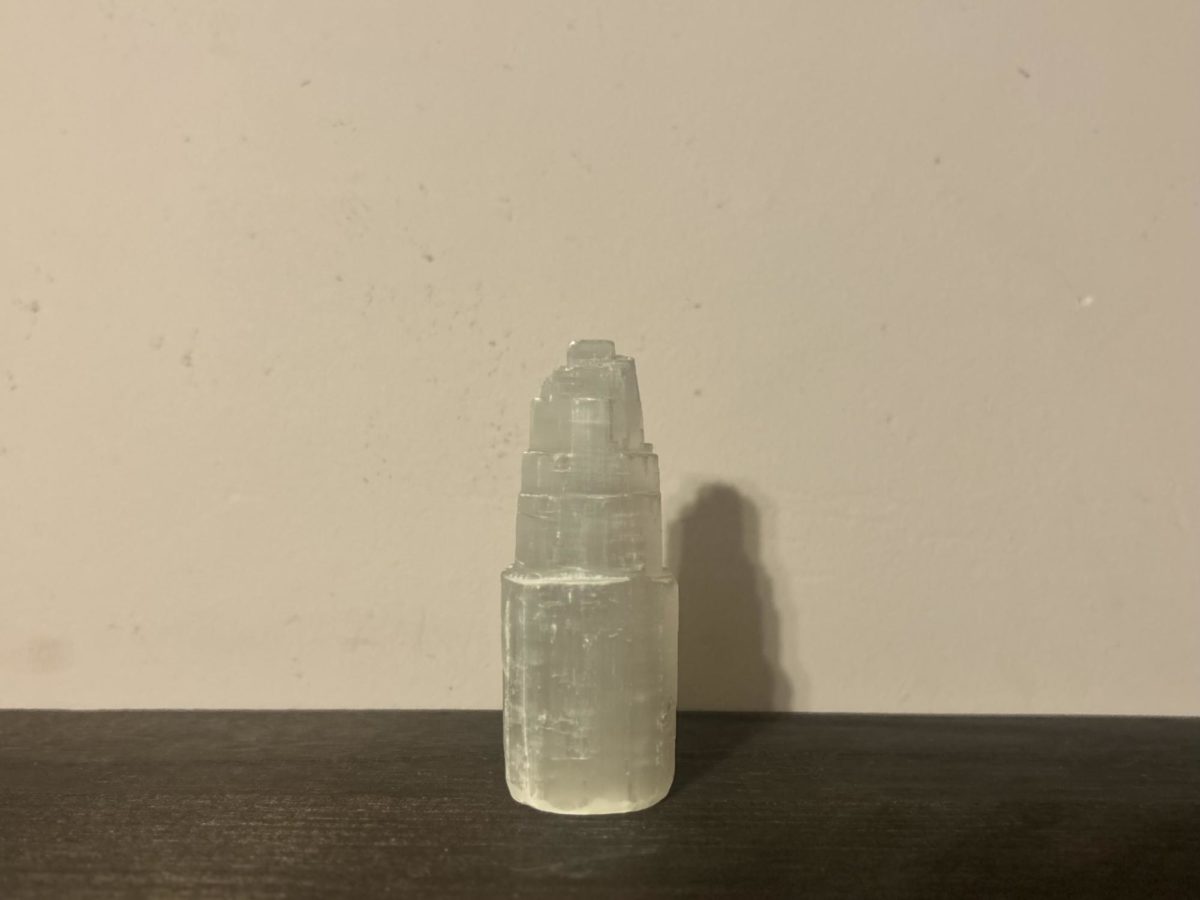School is back in session and stress is high for many students. In times of overwhelming feelings, it may be hard to know exactly where to turn for support, answers, or solutions. Sometimes, it’s better to return yourself to the earth and work through the stress spiritually.
What crystals can do for you:
Crystals are metaphysical minerals that carry energies that humans can benefit from. Many people turn to crystals as a way of seeking comfort and answers, much like a religion. In their own way, crystals fulfill the spiritual need that some people seek. There are those that go to church, some meditate— it’s nice to have something to believe in
Doubting the very idea of magical rocks isn’t surprising, so it is important to note the relevance of crystals in our lives. A handful of everyday objects are powered with the help of crystals, like watches, plugs, hospital equipment, and lasers.
A brief history:
Crystals have been treasured for their beauty and energies for centuries. The use of totems and amulets dates back to the birth of humankind, with a multitude of cultures and religions adopting these stones into their practices.
The first historical use of crystals is thought to be the Ancient Sumerians of southern Mesopotamia, who included crystals in their magical formulas. Crystals were also used in traditional Chinese medicine that dates back over 5,000 years.
The earliest metaphysical reference to crystals may have stemmed from the ancient Egyptians; who not only proudly donned stones in their jewelry, but used crystals primarily for protection and health. Topaz and Peridot specifically were used to thwart nightmares and evil spirits.
Crystals were also relevant in the early history of New Zealand, South America, Ancient Greece, and Germany.
How crystals work:
Crystals are not going to heal your ailments as soon as you come into contact with them. Sadly, mystical rocks are not real—well—that real.
Enter the placebo effect: a phenomenon that occurs when even if the treatment is a sham, if people believe they are receiving a regimen, the brain will release endorphins that can reduce pain, stress, and anxiety. The effects depend entirely on the belief in the treatment itself.
Crystals cannot cure diseases or replace actual medical interventions, and neither can placebo effects. Nonetheless, they can provide comfort, relief, and improved quality of life. It’s all about the power of belief and perception.
Crystal starter kit:
Each crystal has its own unique purpose, so it may be hard to know which you’d like to begin your practices with. Here are some staple stones to help you start your journey.
How to charge and cleanse your crystals:
The very purpose of crystals is to absorb the negative energy around you, so over time the crystal’s own energy becomes depleted– so your crystals should be charged regularly. During the cleansing process, you may think or speak your affirmations into the world, to reinforce the meaning of your stone. For example, you could say; “I release any stress or anxiety flowing through my body,” or, “I let go of what no longer belongs,”.
Cleansing tactics include leaving your crystals on a windowsill during a full moon, or placing them outside to bask in the sun. You could submerge your crystals in a bowl of clean, purified water overnight and even bury them under soil to return them to the earth. Another method focuses on the element of fire, as you could smudge your stones with incense or let them lay by candlelight.
You should always determine whether or not your crystal is safe to be in the sun or water before attempting these methods, as sun and water can both damage certain kinds of crystals.

